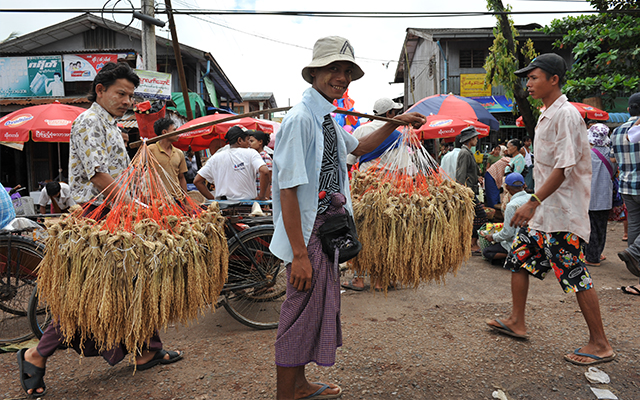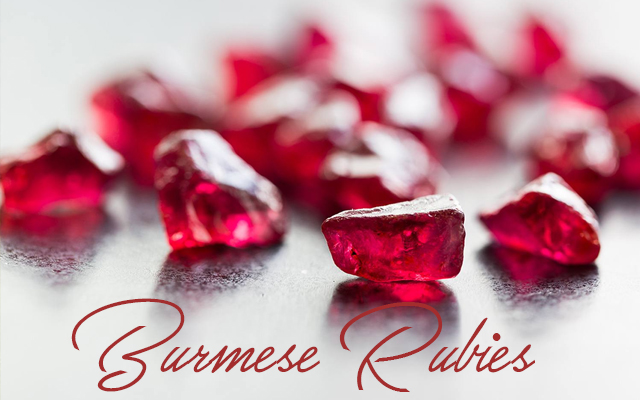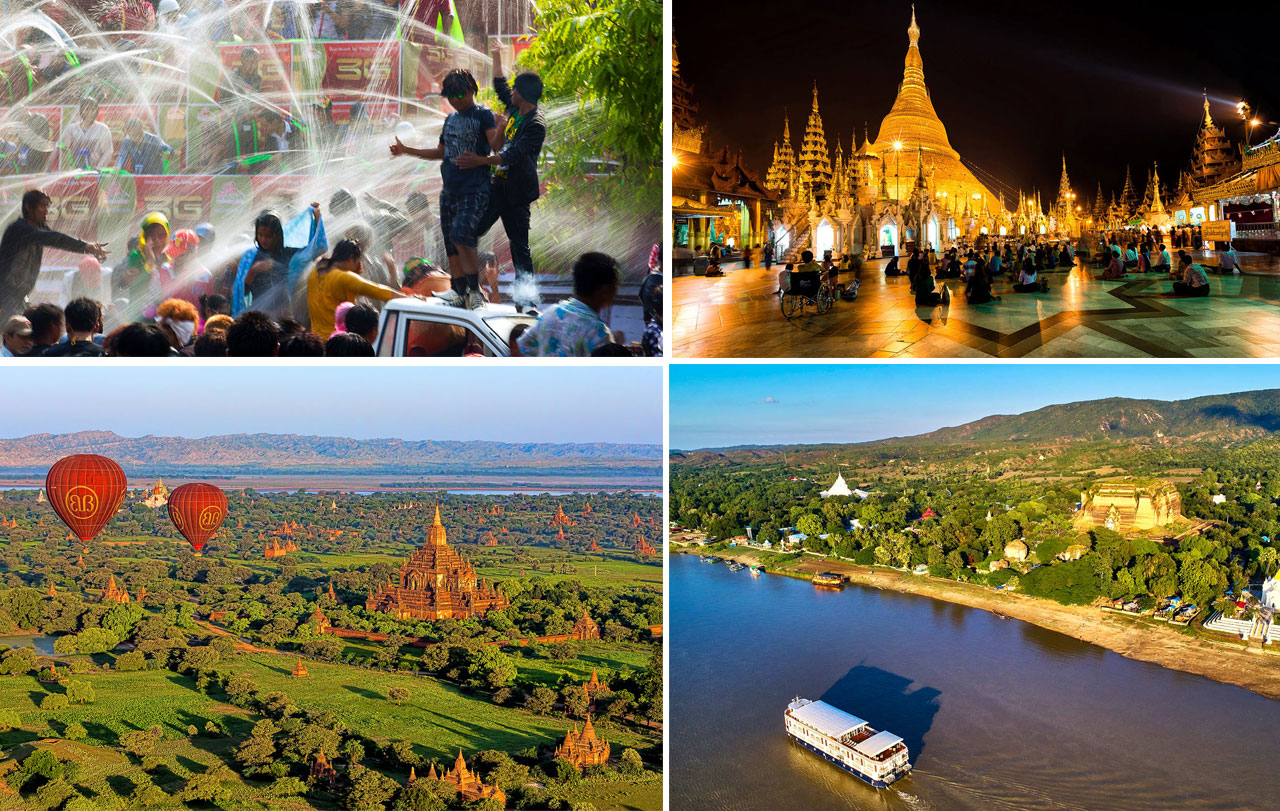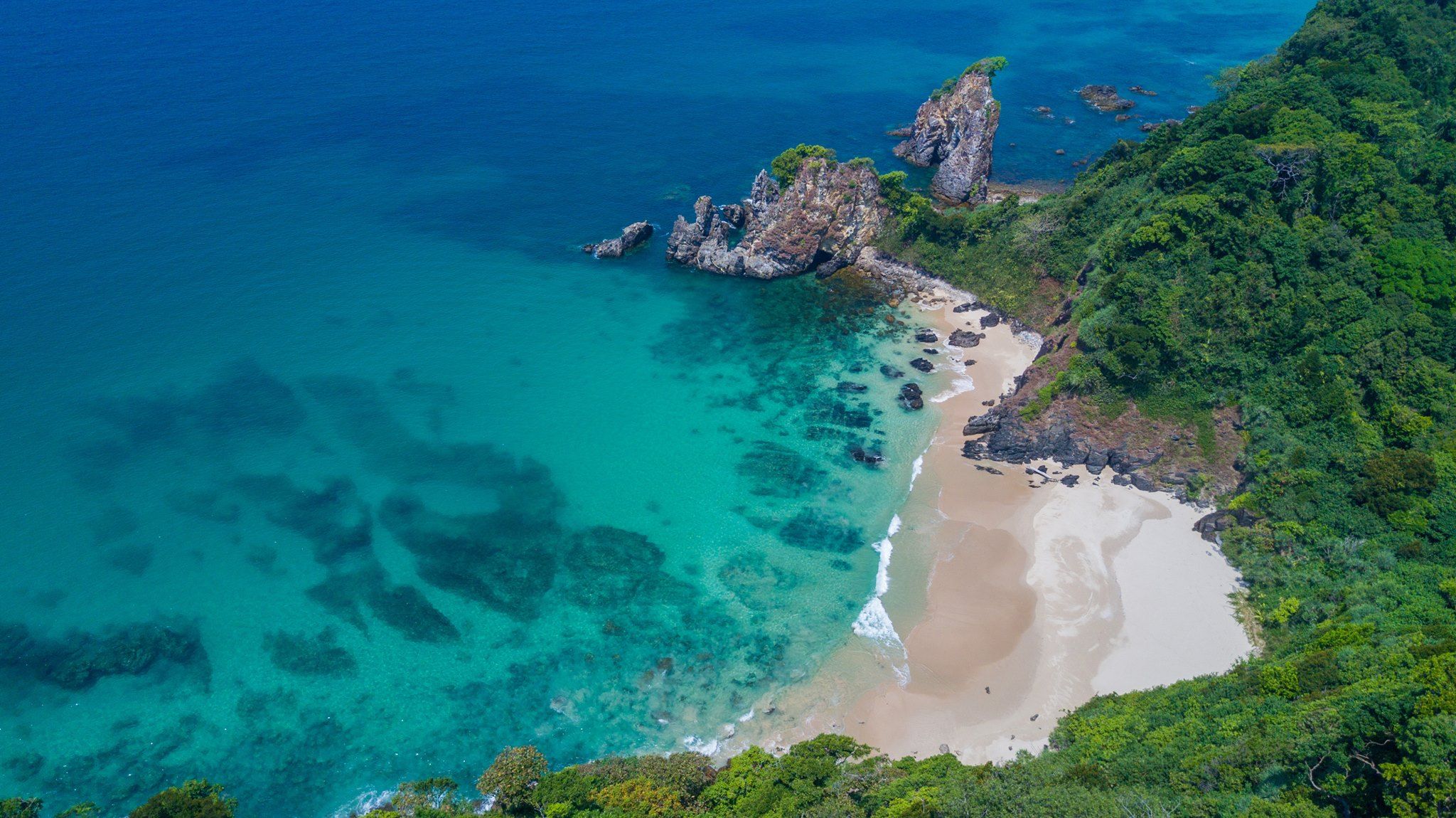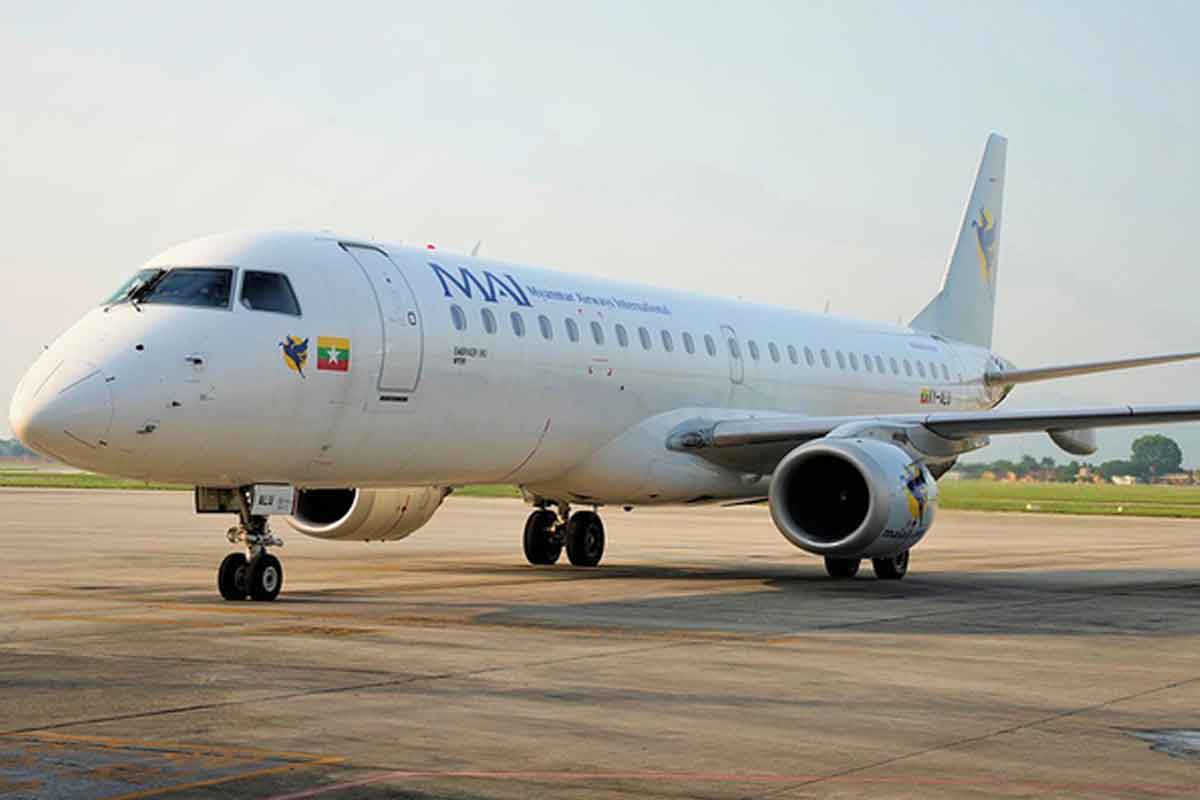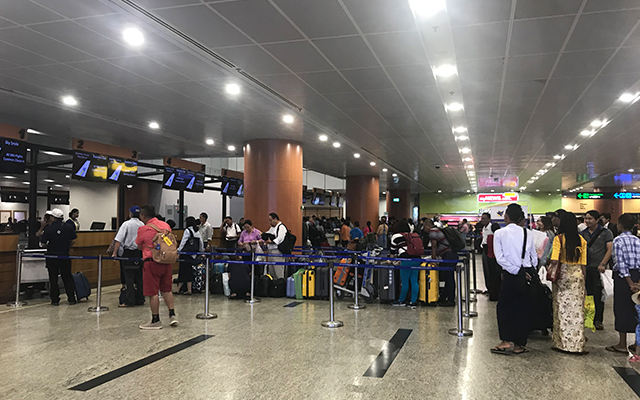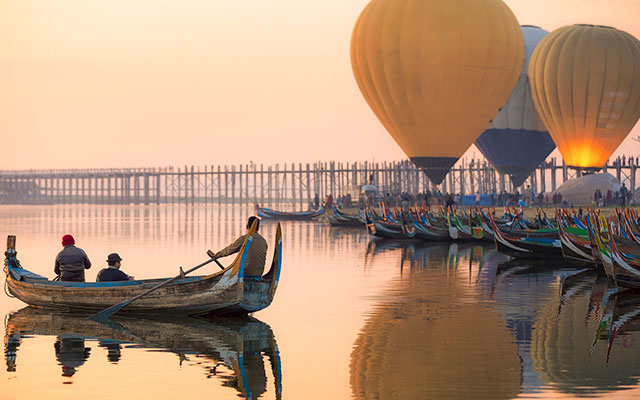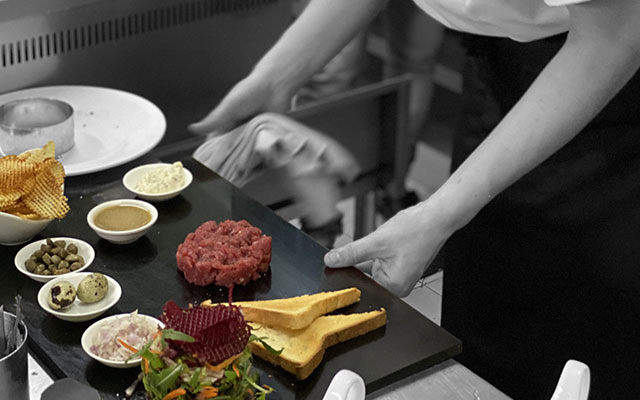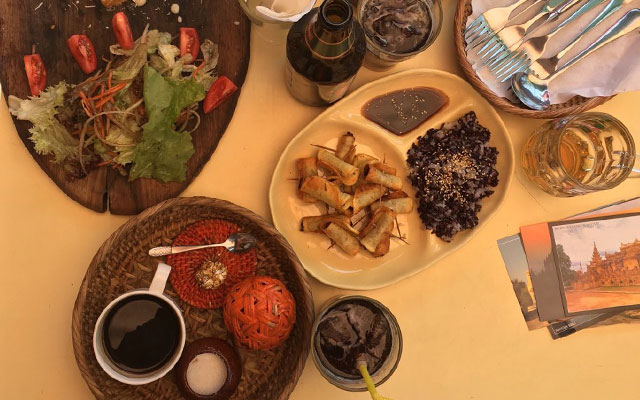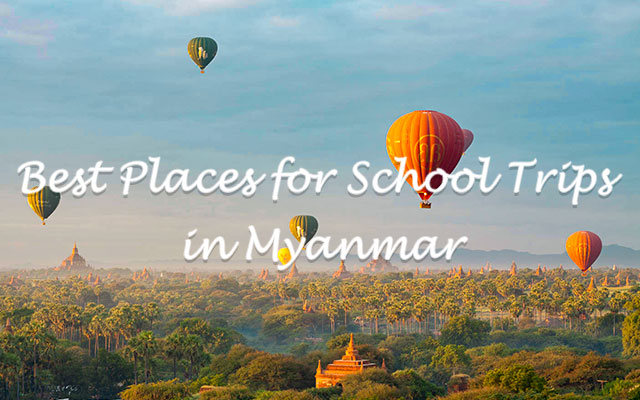Irrawaddy River – Famous Waterways of Myanmar

The Irrawaddy is the largest and most important river in Myanmar. Its name is a form of the Sanskrit word Iravati which refers to the river Ravi in northwestern India and eastern Pakistan, also to Airavati, the elephant mount of the Hindu god Indra. Elephants often symbolize water in Indian mythology. Myanmar Government now has transliterated the name as Ayeyarwady, but local people prefer to spell Irrawaddy.
Table of Contents
1. Location
The Irrawaddy River flows from the very north of Myanmar, close to Putao, to the Irrawaddy Delta area in the south which is close to Yangon. It bisects Myanmar from north to south, rising among Himalayan glaciers and flowing freely for 1,348 miles (2169 meters) across a wide alluvial plain into the Indian Ocean. The source of the river comes from the confluence of the N’mai and Mali Rivers.
It is the most important commercial waterway carrying hundreds of vessels to their destination each day. Many agricultural activities also take place there.
2. Facts
2.1 The Basin
The Irrawaddy is about 2,170 km long. The basin covers 413,710 km² of which 91% lies within Myanmar, around 5% in China, and 4% in India. The river contributes about 400 km³ of water into the Andaman Sea. This is equivalent to about 160 million Olympic-sized swimming pools.
2.2 Climate
The lower Irrawaddy River basin has a humid tropical climate, while the upper river basin has a warm humid subtropical climate. Both climatic zones are dominated by the South Asia summer monsoon, which brings the heaviest rains between May and October.
At Yangon, in the lower basin, temperatures range from 25 °C (in January) to 30 °C (in April). Temperatures are slightly lower during the summer rainy season. At Myitkyinā, in the upper basin, temperatures decrease with altitude up the basin to the glaciated regions. January average temperature is 18 °C), and monthly average temperatures peak at 28 °C in June.
Precipitation varies across the basin from 60 to 100 inches (1,500 to 2,500 mm) per year and falls mainly from May to October.
2.3 Biodiversity
The area encompasses 14 major ecoregions, with a variety of montane, alpine, temperate and subtropical forest ecosystems.
The river is home to the critically endangered Irrawaddy Dolphin, found mainly in the coastal regions of the Delta. There is a small population of dolphins in a 200 km stretch north of Mandalay. This population is famous for cooperative fishing with local communities.
The biodiversity of the river’s fisheries is fairly low if compared with the Mekong. About 200 species of fish are thought to live in the Irrawaddy.
2.4 Economy
The Irrawaddy is the engine of the Myanmar economy. Many of its largest urban areas – including Yangon – fall within its basin. The total population in the basin was estimated at 35 million people in 2015 in Myanmar– making up about 66% of the country’s total population.
It feeds the country’s population with fish and rice. About 60% of Myanmar’s rice harvest come from the four states that share the Delta. In Irrawaddy delta region, the rice is carried in small boats to local markets, whence it is shipped to Yangon for export. Fisheries also constitute an important source of livelihoods in the Basin.
The river enables goods to be transported to people up and down the river. Teak logs—of which Myanmar is the world’s major exporter—are floated downstream as large rafts.
Commercial transportation on the Irrawaddy is maintained for about 800 miles (1,300 km): from Hinthada to Bhamo (670 miles [1,080 km]) throughout the year but from Bhamo to Myitkyinā (125 miles [200 km]) for only seven months. More than 2,000 miles (3,200 km) of navigable waterways exist in the Irrawaddy delta.
Its waters are used to power turbines for electricity, while sand from its basin is a key component for infrastructure like houses, offices and roads.
The Irrawaddy has a large hydropower potential, and Myanmar’s soaring electricity demand has focused on developing this. Currently, there are a total of 41 hydropower dams in the basin, mostly concentrated in China (35). The Irrawaddy’s irrigation potential has also been heavily developed – in Myanmar, there are some 115 irrigation dams with a reservoir surface are of 0.5 km² and above.
3. History
As the principal axis of the old Myanmar kingdom, the Irrawaddy River has shaped the country’s history, settlement patterns, and economic development.
In the 6th century, the ancient Burmese people used the Irrawaddy to move from China-Tibet border area to the Kyaukse plain. They then developed the major rice-growing region of the north. They fortified the town of Pagan and eventually gained control over the Irrawaddy and Sittang river valleys and the trade routes between India and China.
During the 12th century, the town supported a flourishing civilization through rice cultivation and a well-developed network of irrigation canals. In the 13th century, as Shan and the Mongols defeated Myanmar armies, the area dissolved into a number of states, though Burmese kingdoms intermittently reunified the Irrawaddy basin.

The Irrawaddy has very important role in country’s history, settlement patterns, and economic development.
In the beginning of the 16th century, European countries wanted to set up trading companies in ports along the coast of Myanmar. By 1886, the British had gained control of Myanmar and got shipping rights on the Irrawaddy. The British interest was primarily economic. They opened up the Irrawaddy delta and the rise of the port of Yangon for rice exports. To be convenient, the British formed the Irrawaddy Flotilla Company in 1865 to convey troops, mail, and stores to riverine stations of British Burma. Starting with four steamers, the company had more than 600 vessels in service by 1940. In 1948 the company was renamed the Inland Water Transport Company. Since then, the service network has declined by half, equipment has become antiquated, and scheduling irregular.
4. Irrawaddy Travel Guides
4.1 What to visit
Cruising is the best way to see the multitude of sights along the river. You can enjoy beautiful scenery, enchanting sunsets, colorful markets, shore-side temples, and witness the authentic day to day local life. Each day on the river begins with the sound of devotional chanting from waterside monasteries, surely one of the most unique wake-up calls in the world. On the shores, farmers plant peanuts and sesame while their wives thwack the family’s wash against the rocks. You will pass local ferries which are so laden with passengers and cargo. Nearer the shore, fishing canoes bob along precariously like paper boats.
There are different cruising routes to various part of the Irrawaddy which may take from one day to couple of weeks. You can cruise from Pyay in the south to the archaeological ruins of Bagan. Or from the centre of Mandalay, through a series of defiles, to the town of Bhamo, near the Chinese border. In either directions, you will discover a deeply spiritual and traditional way of life that is only now opening up to the outside world.
The most popular stretch is between Mandalay and Bagan. You can opt to spend from 1 to 4 nights on the river. This route is rich in cultural treasures, including several former royal capitals. Stops usually include a walk through the pagoda-studded Sagaing hills, sunset at photogenic U Bein Bridge and a bumpy horse cart ride through sleepy Inwa (Ava) to admire the glorious woodcarvings at Bagaya monastery. The World Heritage Site of Bagan is the grand finale with more than 2,000 temples, monasteries and pagodas built from the ninth century onwards.
Tourists also head upstream from Mandalay to observe the nature authentic life of people. You will have more time spent in villages including Nwe Nyein, where potters make 50-gallon water pots on hand-turned wheels with the ease of years of practice. To the north lies Katha, famous for being the town where George Orwell was stationed as an imperial policeman in the 1920s, the author’s experiences in Katha provided the inspiration for his novel Burmese Days. His gloomy red-brick house and the former British club still stand in this sleepy small town. Beyond Katha, the river narrows to pass through a series of “defiles” that echo with the chatter of birds and gibbons in trees hung with rare orchids.
If you are lucky, you will see rare river dolphin playing in the ship’s wake. The sound of a car or a truck is a rarity here. To explore these upper reaches is to travel back in time to the Asia of yesteryear.
4.2 When to go
The best time is October-March, when river levels and the humidity are lower. Expect daytime highs of around 86F (30C) but evenings are pleasantly balmy and rain is little.
4.3 Getting there
Most of cruises start from Mandalay or Bagan. Travelers can fly to Yangon where there are more international flight options, then travel to Mandalay or Bagan by air, train or road. Bagan has a small domestic airport that can be reached from all major tourist destinations within Myanmar. The jetty is located in Naung Oo only 15 minutes from the airport.
Mandalay International airport has flights from all destinations within Myanmar and some other places out of the country. The airport is located 40km south of Mandalay. There are few international flights directly to Mandalay per day:
- From Bangkok or Chiang Mai, Thailand: Bangkok Airways or Air Asia
- From Singapore: Silk Air
- From Kunning, China: China Eastern Airlines
4.4 Recommended overnight cruises on the Irrawady
4.4.1 Luxury collections
Belmond Road to Mandalay Cruise
It is one of the pioneers in operating cruises on the Irrawady. The cruise has 40 cabins. The cruise provides several short excursions between Mandalay and Bagan. You may get special benefit with free nights at Yangon’s best hotel, the Belmond Governor’s Residence.
Strand Cruise
As a sister of historical Strand hotel in Yangon, Strand cruise offers 25 elegant cabins on deck. It offers all the features passengers would expect from a Strand product, from flawless service and gourmet a la carte cuisine, to signature elements celebrating the golden age of the Strand as a meeting place for explorers and raconteurs.
Strand cruise operates only route between Mandalay and Bagan. Clients can choose to spend 2, 3 or 4 nights on board. It has pool, spa and gym onboard.
Sanctuary Ananda Cruise

Sanctuary Ananda is custom built by local craftsmen using traditional materials while offering sleek contemporary luxury
It is smaller 21-cabin cruise which was launched in November 2014. It has the large suites on the river, each with floor-to-ceiling windows and a private balcony. It operates July-April mainly between Mandalay and Bagan. Especially, it has an option to take a cruise directly to Yangon from Mandalay.
Anawrahta Cruise

Anawrahta is the embodiment of extravagance on Myanmar’s waterways and the most luxurious cruiser in Heritage Line’s collection
It can be considered as the most charming cruise on the river. All cabins are spacious and traditionally decorated,with large private balcony, painstaking attention to details and design as well as resort-like facilities, such as the vast sun deck with outsized pool or the magnificent open-air bar & lounge. The ship offers the Upper and Central rivers as well as the remote Chindwin river with various length of itineraries.
Pandaw Cruise
The pioneered river cruises on the Irrawaddy in the Nineties, replicating the handsome polished teak and brass looks of the original Irrawaddy Flotilla Company steamers. There’s a large choice of itineraries. Opt for classic route or longer one from Yangon to Mandalay, including a stop at the ancient city of Sri Kestra near Pyay, the first Unesco World Heritage Site of Myanmar.
Paukan Cruise
Paukan cruises have all the charms of a boutique hotel which takes you to travel between beautiful Bagan and the culturally important Mandalay in style. It also operates some unique route such as Yangon – Bagan.
4.4.2 Basic collection
Irrawaddy Princess II Cruise

Irrawaddy Princess II River Cruise is a traditional Myanmar riverboat traveling along the Irrawaddy River
Irrawaddy Princess II has totally 20 cabins which are attached with own bathroom. The cruise provides comfortable rooms with air – con and all standard facilities including mini bar, bed linen and towels and as well as dining service. It operates one or two night cruises between Mandalay and Bagan only.
RV Princess Royal Cruise
It is small wooden boat which has only 7 cabins. It is available for people who love traditional style and privacy. You can charter the cruise either for day trip or long trips up to Bhamo.
Amara River Cruise
The teak boats Amara River Cruises are built according to traditional style and designed to be a particularly comfortable mode of passenger transport. Departing from Mandalay, the route of the Amara River Cruise is along the Ayeyarwady (Irrawaddy) River, both southbound down the river from Mandalay to Bagan and north-eastbound from Mandalay to Bhamo.
4.4.3 Day boats
There are day boats between Mandalay and Bagan, operated daily from October to April. It costs about $40 per ticket. Two reputable companies are Malikha and RV Panorama.
The day cruise from Mandalay to Bagan normally takes from 8 to 10 hours depends on the water level. It usually includes one stop at Yandabo village for sightseeing. From Bagan to Mandalay; it takes longer since it is an upstream route.
The departure time is often early in the morning starting from 7.00am for the way Mandalay – Bagan and 5.30am for the way Bagan – Mandalay. Passengers should show up at least 30 minutes before cast-off.
4.5 Tips
- You should choose downstream cruise as it will give more time for sightseeing.
- Some cruises offer discounts for early – bird bookings. You should look for it within two months of departure date.
- Most cruise companies wrap up Bagan’s sightseeing in a day but it is worth to add two more days to see all the important temples. You should extend one or two days to explore this magical place.
- Before you go, obtain a tourist Visa at Embassies or e-Visa online through website https://evisa.moip.gov.mm/
4.6 What to take
- Loose cotton, linen or viscose clothing for hot weather in Myanmar.
- Easy slip-off shoes or sandals as you are required to be barefoot in temples and pagodas.
- A folding umbrella for showers and noon sun.
- A torch with a strong beam, as temple interiors are poorly lit.
- Binoculars to watch riverbank life.
- Exercise books, pens and story books for schools in remote villages.
- Insect repellent.
5. Myanmar Travel’s Final Lines
Spend the night onboard the iconic Irrawaddy and wake up to dawn in one of the most beautiful and peaceful places on earth. It’s the ultimate experience with memories that last a lifetime for every traveler. Whatever your reason is for visiting Myanmar, we can tailor make a private tour to meet your own specific requirements. Contact our travel consultants today for further assistance and information.













